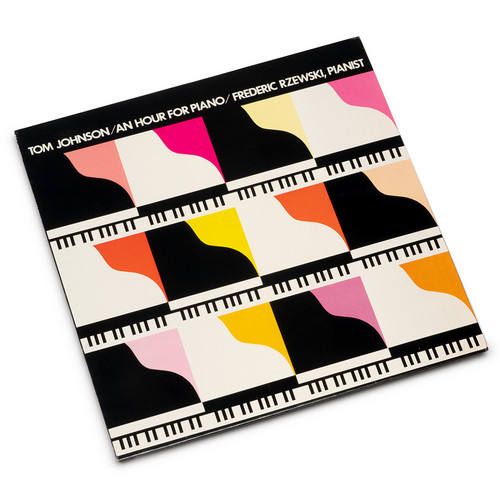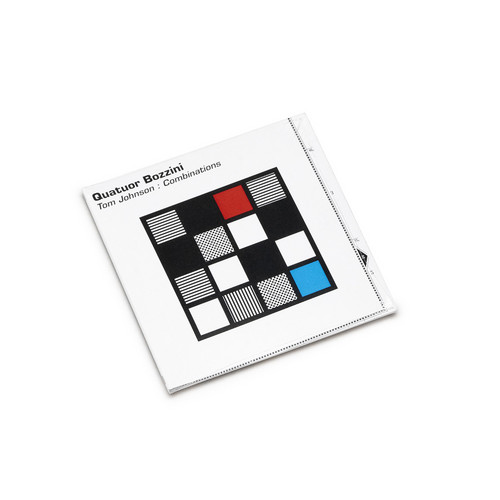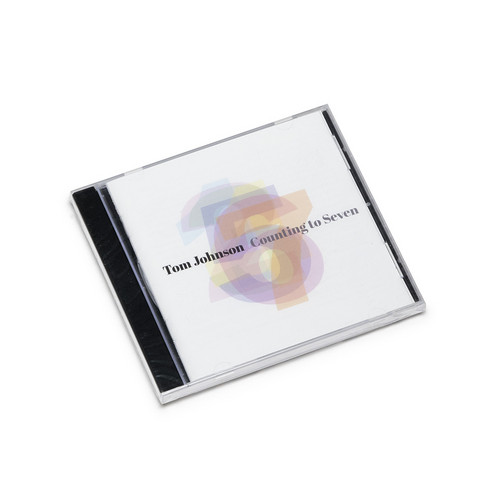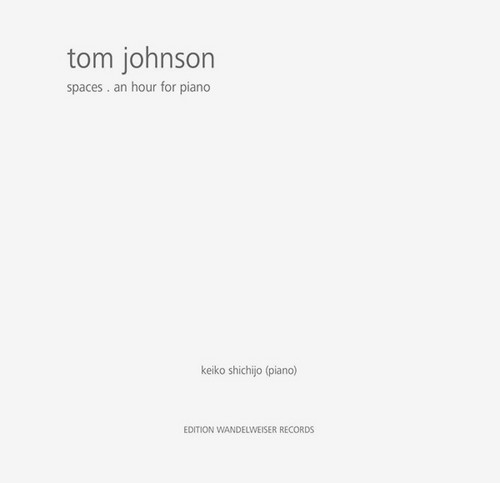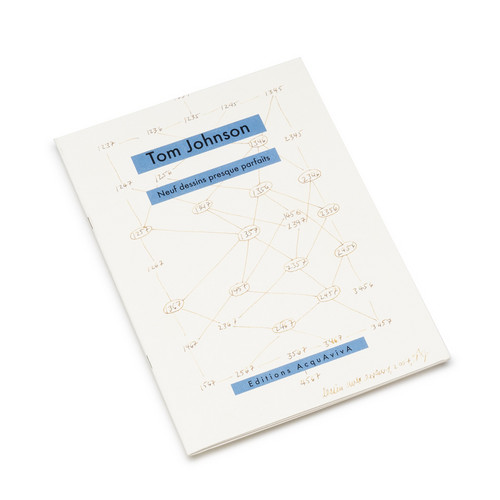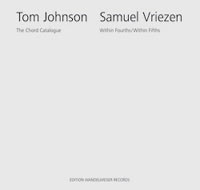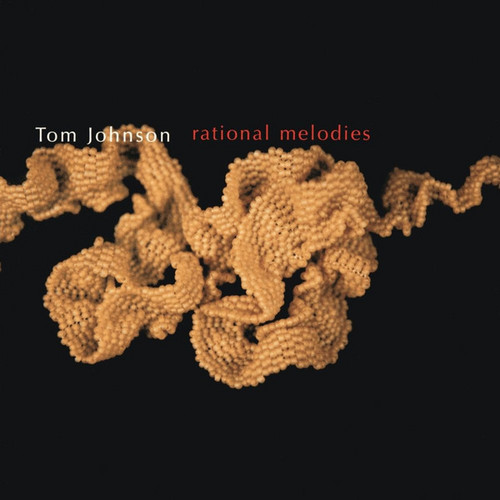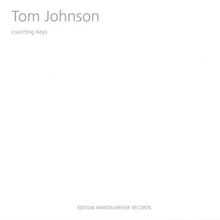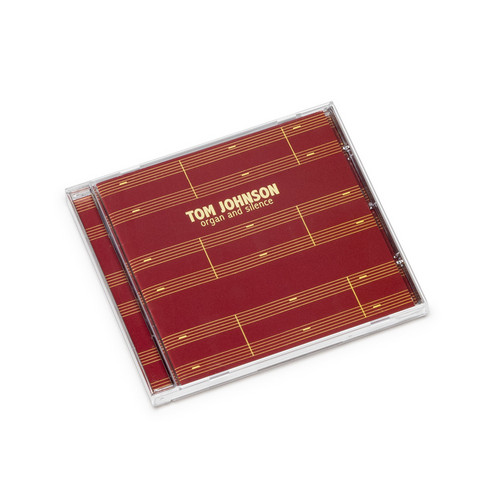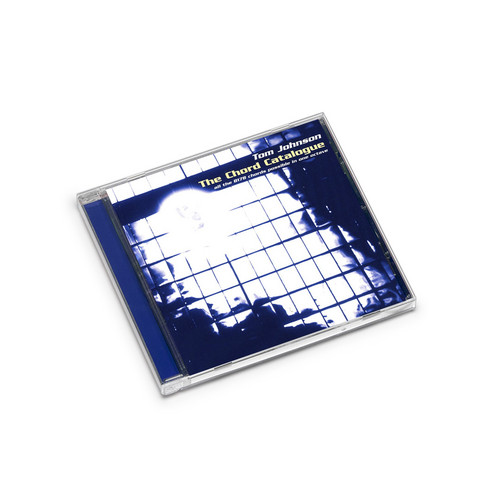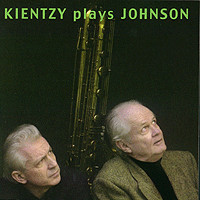Tom Johnson
An Hour for Piano
Artist book concept and design by Luigi Castiglioni. Comes with a 10-inch vinyl recording of Tom Johnson’s voice reading the Program Notes + an autographed facsimile of Tom Johnson’s composition Maloma dedicated to Morton Feldman that inspired the present work. Written in 1971, Tom Johnson's An Hour for Piano stands as a landmark of American minimalism, born from improvisatory sketches Johnson created in 1967 while accompanying a modern dance class at New York University. Johnson gradually expan…
An Hour For Piano
**Original 1979 copies, still sealed and log time stored (copies may have minimal wear on covers)** A trance music piece made up of repeating 4/4 cells in which an absolutely steady eighth-note motion predominates. Often several cells are going on simultaneously, and one cell frequently mutates into another through the addition or subtraction of a note or two. One has to step back far enough to get a perspective on the large-scale shifts in density and tonality before the impact of An Hour For P…
Tom Johnson : Combinations
Tom Johnson uses numbers as base material, turning formulas, combinations and other mathematic phenomena into music. And somehow, this music becomes poetry, sometimes like a haiku, sometimes like a sonnet, sometimes descriptive and clear, often enigmatic but always beautiful.
The Voice of New Music: New York City, 1972-1982 - A Collection of Articles Originally Published in the Village Voice
An anthology of articles on the evolution of minimal music in New York in 1972-1982, which originally appeared in the Village Voice.
Counting to Seven
Tom Johnson (b. 1939) is a key figure in the contemporary music scene whose voice as a composer is instantly recognizable. A major champion of minimalism in the 1970s as a writer, he remains one of its most important adherents as a composer, although the word 'minimalist' does not cover everything that his music does. The characteristic elements of repetition and sparse material are there, but his extensive use of mathematics and, especially, counting, makes him unique. Johnson relies on more th…
Questions
* 2021 Stock * Most music proceeds with great self-assurance, more like an answer than like a question, but these pieces raise questions. We hope you will not only listen to the music as the pairs go by, but we will also want to decide whether they are same or different. Try it. Maybe your musical perceptions are better than you think. And if not, well, no one is going to grade you, and you can always try again! - Tom Johnson
This situation raises new questions, which Johnson undoubtedly intends…
Finding Music
A general introduction to Tom Johnson’s music, as well as many articles written from 1961 until 2018, with texts both In English and German. "I can not say that I always manage to find my music. Sometimes it still seems necessary to compose it, particularly when I want to produce another opera. I can say, however, that there is something particularly satisfying about projects where the logic (the music) seems to arise naturally from some discovery outside of myself, and where everything comes to…
Spaces . An Hour For Piano
Performed by Keiko Shichijo. Tom Johnson's An Hour for Piano was written in 1971. The piece began as a series of short, improvisatory sketches in 1967 when Johnson was accompanying a modern dance class at New York University. Johnson gradually expanded these sketches and added transitions between them, writing a piece that is to be played in exactly one hour. Achieving this goal requires an absolutely steady tempo for the duration of the piece, which Johnson has set at quarter note = 59.225 beat…
Zaj Concert for Voices
edition of 100 copies. Beautiful publication by performance artist Esther Ferrer and composer Tom Johnson.Esther Ferrer, born in San Sebastián, Spain, has been noted for her work in performance art as a solo artist and as a member of the seminal ZAJ group. Her work has always been oriented to ephemeral artistic action rather than to permanent artistic production. In the '60s in collaboration with the painter José Antonio Sistiaga, she created the first "Workshop for Free Expression," an activity…
The chord catalogue / Within fourths/Within fifths
2013 release **
"The Chord Catalogue is sort of a sister to Music for 88. It is also an examination of pianistic possibilities done with a focus so tight that obscuring any intrinsic aesthetic qualities in the execution seems to be the intention. (Also like Music for 88, Johnson recorded the piece for Phill Niblock’s Experimental Intermedia imprint). Beginning with “The 78 Two-Note Chords” (the section titling further eliminates risk of artistic suggestion), the set of pieces exhausts its way th…
Orgelpark color chart
A very special edition for this première of a new opus of the legendary minimalist composer Tom Johnson. 50' minutes of a unique piece for four organs, recorded live at Orgelpark, Amsterdam, The Netherlands. "“I have two good minimalist composer friends who have been writing drone music for many years: Phill Niblock and Eliane Radigue. When I told them I had finally left my metric melodies and harmonies and was writing a one-note piece, they were quite surprised and pleased. So am …
Rational Melodies
I am particularly pleased, because the result is so different from the solo flute recording of Eberhard Blum and the solo clarinet recording of Roger Heaton. It is not just another interpretation, but a case where interpreters have added so much insight to the music that the music itself has grown. When I was composing this music around 1982, I really thought I was simply writing melodies, but now these little pieces, though remaining melodies, have become something much more, something I…
Counting Keys
2009 release **
"In case you're surprised to find a Tom Johnson album on Wandelweiser – after all, I reckon there are more actual notes on Counting Keys than on the rest of the albums released on the über-redux label put together – it's worth remembering that Tom Johnson and Wandelweiser prime mover Antoine Beuger know and greatly respect each other's work. This collection of four pieces spanning nearly three decades of Johnson's career is one of the composer's more accessible (though no less ri…
Organ and Silence
File under: minimalism, conceptual sound art, organ music. A music whose talking about, as the author writes in the disc notes, 'the importance of silence in music'. This work is conceived not 'for organ' but, really, for 'organ and silence', as the silence is a founding part of it, and it's not possible to give it up. It's the tentative, as the author explain 'to permit as much silence as possible, without allowing the music to actually stop'. Tom Johnson is one of the masters of minimalism,…
The chord catalogue
I like to think of The Chord Catalogue as a sort of natural phenomenon--something which has always been present in the ordinary musical scale, and which I simply observed, rather than invented. It is not so much a composition as simply a list. I have often tried to explain that my music is a reaction against the romantic and expressionistic musical past, and that I am seeking something more objective, something that doesn't express my emotions, something that doesn't try to manipulate the emoti…
Music for 88
Simplicity and clarity have always been among Tom Johnson's chief concerns as a composer. That concern led him to research number theory, particularly by Pascal, Fermat, and Euclid, and these sources suggested musical structures somewhat more complicated than those that he had used before. Music for 88 is the result of these researches. It contains nine sections (six of which are on this recording), each of which is a musical demonstration of a mathematical phenomenon.
Kientzy plays Johnson
In Kientzy Loops, the accompanying loop is a mix of six alto saxophones played in continuous blowing, while the principal lines are played on alto saxophone, except for the third section, played on baritone. The piece, premiered at the auditorium of the ADAC in Paris, was awarded a French national prize in the Victoires de la musique as the best piece of contemporary music for the year 2000. We are indebted to our friend Marc Chemillier for La Tortue de mer. As a mathematician Chemillier became …

